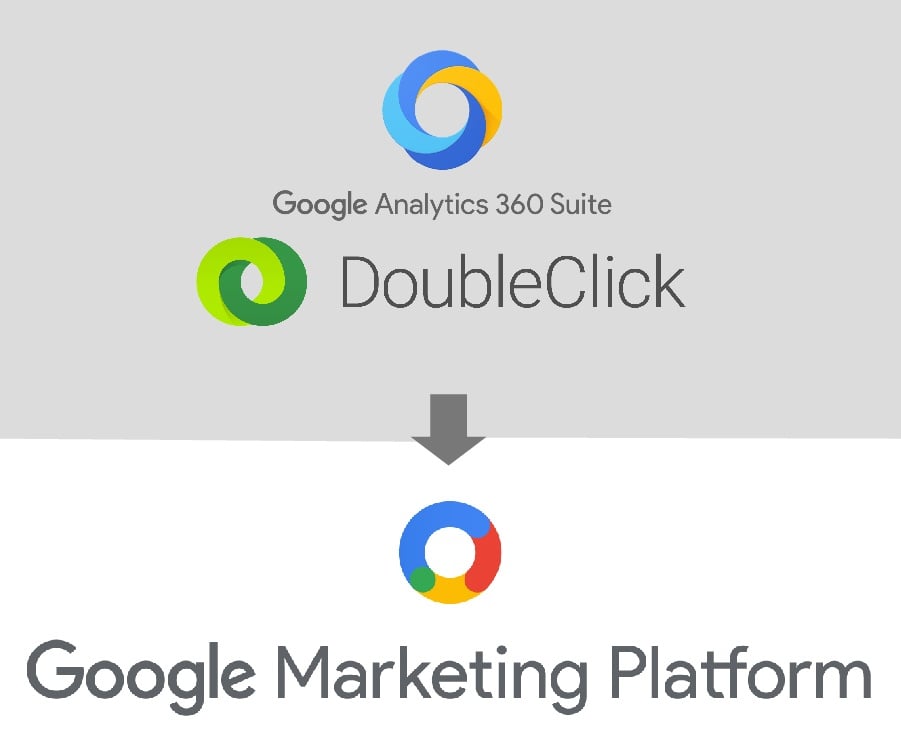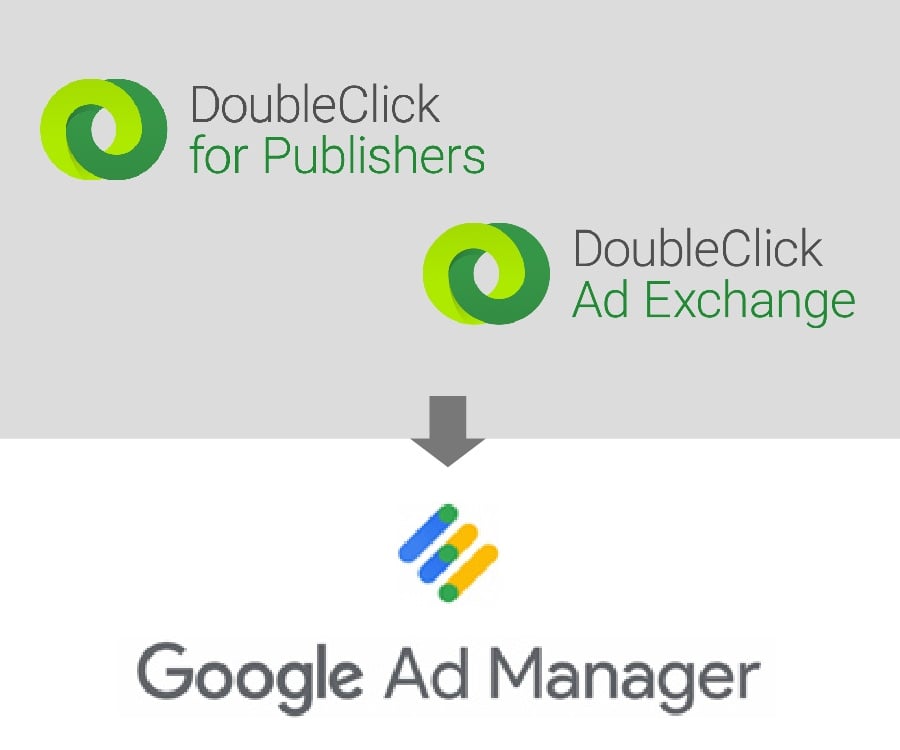When is Killing a Brand Good for Business?
Knowing when to kill a brand: is it good for business?
Our focus is generally on creating and growing brands, but sometimes, the best path to overall growth is knowing when to kill a brand. Brands are fundamentally about making it easier for people to make choices. If one (or more) of your brands is creating confusion then it is time to reconsider that brand, either by merging it or killing it entirely. Killing a brand often meets with a lot of resistance: brands carry a great deal of sentiment, can command a lot of market awareness and represent great company history. However, a carefully managed culling (or at least pruning) of brands can eliminate weak, disparate or unconnected brands in a way that can optimize the overall company for greater growth and efficiency. This process should be done thoughtfully, as a clumsy execution can alienate loyal customers and employees.
There are a number of different approaches to consider in deciding when to kill a brand. Can existing assets be pivoted towards another related and healthier brand? Should the brands be merged, or does it make more sense to move away from the existing brand entirely? If the brand and associated assets still hold value but are no longer aligned with the company’s focus or future direction, they could be sold. Ultimately, killing the brand may be the best option; it is better to jettison a brand than leave it fallow or try to resurrect it through discounts or gimmicks that may ultimately erode overall brand value. It may seem counterintuitive, but eliminating a brand can often increase overall profitability by focusing and clarifying remaining brands, so it is a great opportunity to invest in the growth of other brands and to execute a long-term overall growth strategy.
Google made waves recently by simplifying their branding through a major consolidation effort. Their AdWords and DoubleClick brands had been around for a long time and were well known, but created a lot of confusion given the proliferation of related businesses. They didn’t connect clearly to the overall Google structure and were overly complex to navigate. The AdWords offering is now integrated into Google Ads and is a seamless part of the single Google Brand, simplifying the experience for advertisers and helping them connect with consumers across all integrated Google products. The consolidation made it easier for customers to use the product as part of the overall Google experience. This move reflects a more general trend towards brand consolidation and streamlining that sees brands making the difficult but often strategically wise decision to kill off less profitable, less productive or less purposeful brands.
Google: killing brands as a strategy for growth



It can be difficult to decide how to evaluate when to kill a brand and in what way. Profitability is only one metric, and often an inadequate one: many new brands take a long time to show a profit, and it may be worth giving these brands some time to grow. Rather, companies should consider whether a particular brand is successfully fulfilling its brand promise in a way that adds coherence, overall value and competitive advantage to the company. As part of that evaluation, it is important to consider whether the brand purpose is itself still relevant and achievable across all brand lines and extensions. If not, it may be time to reconsider its place in the company. Always keep your focus on the customer experience and customer choice in order to decide whether a brand is helping to increase and simplify customer options in the best way.
As you consider your marketing strategy going forward, how will you decide whether or not to kill one of your brands to facilitate overall growth?
Selected sources:
Related Articles

Branding During M&A: Beating the Odds

Making your B2B brand stand out: simplifying the complex

